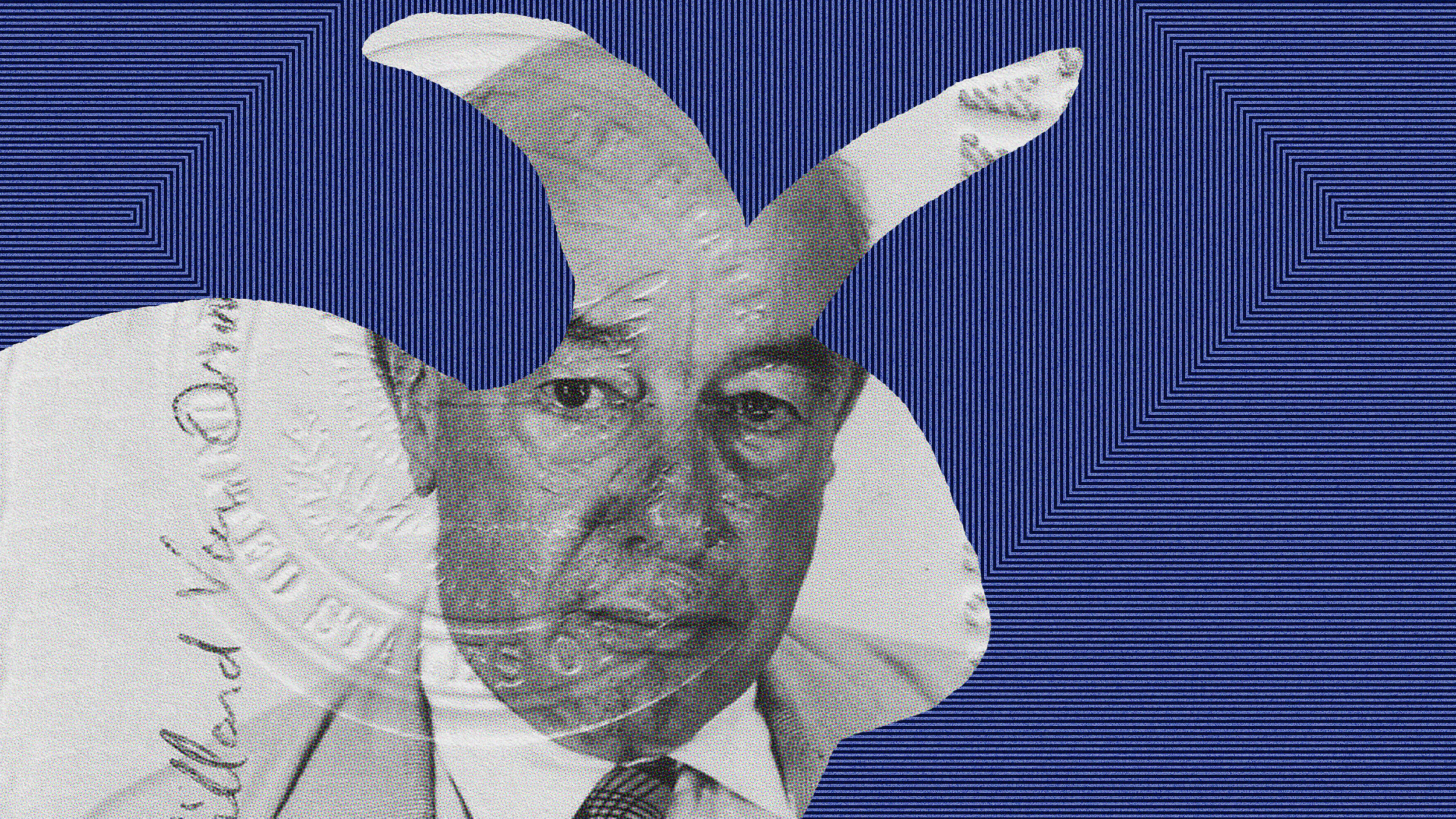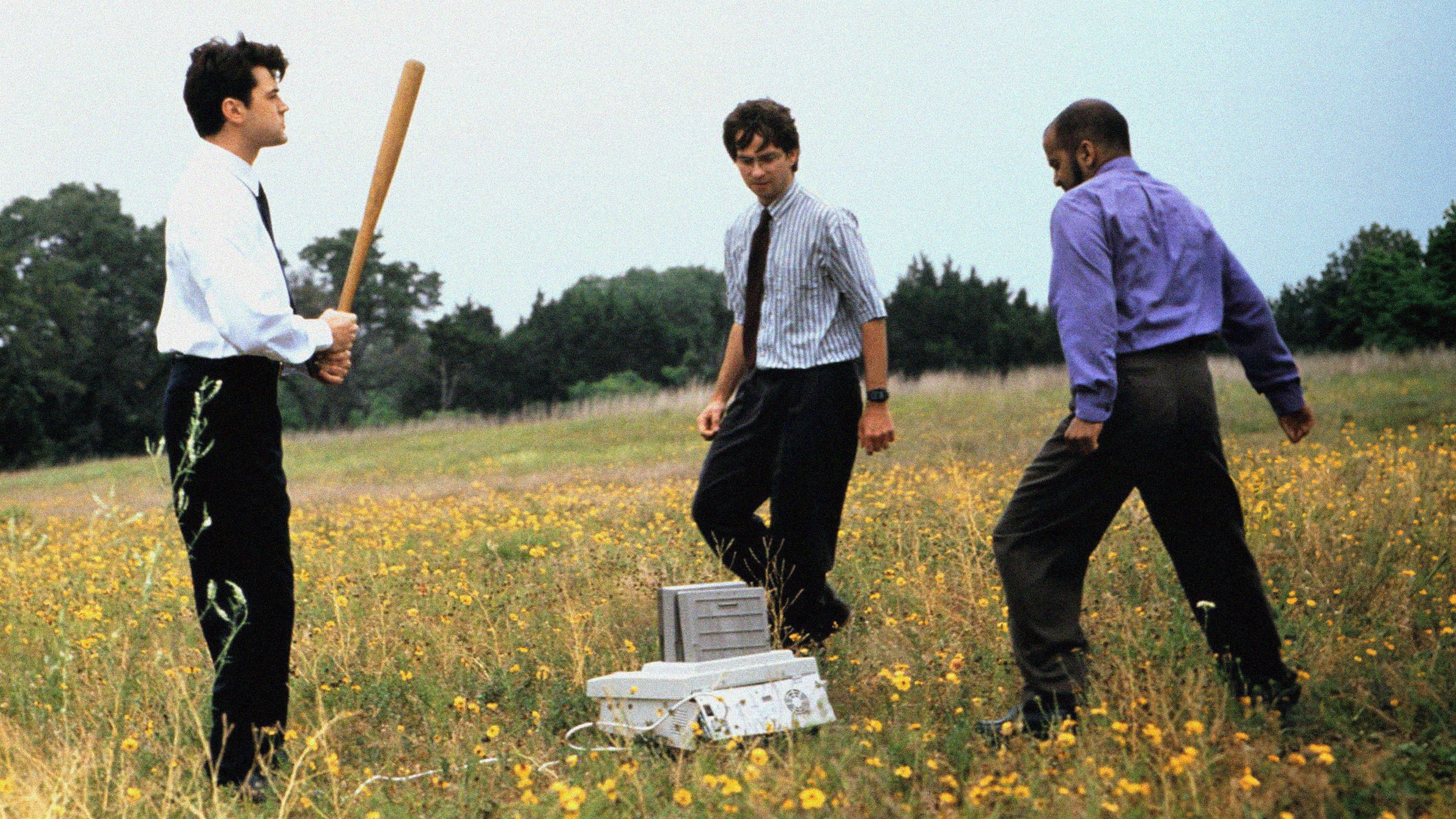Great leaders are few and far between but Nancy Koehn, a historian of business at Harvard Business School, has put together a compendium of anecdotes from five great leaders throughout history. It reads like a whos-who of humanitarianism, with true stories of grit and determination from the likes of explorer Ernest Shackleton, American president Abraham Lincoln, the abolitionist Frederick Douglass, the Nazi-resisting Lutheran minister Dietrich Bonhoeffer, and the environmental activist Rachel Carson. Here, Nancy Koehn talks to us about how Ernest Shackleton overcame some incredible odds to hold his team together on a doomed Antarctic expedition, and how we can learn from his stories. Nancy’s great new book is Forged in Crisis: The Power of Courageous Leadership in Turbulent Times.
Nancy Koehn: My new book—ten years in the making—is called Forged in Crisis: The Power of Courageous Leadership in Turbulent Times.
And it spotlights five astounding—now really legendary—leaders who found themselves each in the midst of a great crisis, and how in the midst of that crisis they made themselves capable of doing impossible things.
So it’s really a book about how ordinary people can make themselves capable of doing extraordinary things.
Each of the five people in this book—the Antarctic explorer Ernest Shackleton, American president Abraham Lincoln, the escaped slave and abolitionist Frederick Douglass, the Nazi-resisting Lutheran minister Dietrich Bonhoeffer, and the environmental activist and crusader Rachel Carson—discover that resilience is absolutely critical to accomplishing their mission.
And we like to think, or many of us like to think—I certainly thought this before I really got to know these people—that resilience was something I was born with. I had a healthy slug of it. I would access it and use it. And then that would serve me well when I needed it, even though I couldn’t be exactly sure when that would be.
But I don’t think that’s the case. These stories teach us that each of these people worked on their own resilience. They discover some in themselves.
Shackleton finds his ship trapped in the ice, right. It’s drifting hopelessly like a board stuck in a vice along the currents off the coast of Antarctica in early 1915. He’s powerless to do anything about it; after lots and lots of trying he can’t pry the ship loose. And so somehow he’s got to find in himself —and I mean we can read about his efforts to do this in the diary—The reserves he needs.
He says, “I pray to God I can shape my mark to a new mark now that the old goal, now that the old mark has run aground.” His old goal of crossing the Antarctic is now over.
So he’s got to shape himself to the mark of saving his men, and he’s like pray to God I can do that in myself.
And so he starts off with, “I’m going to try and do this. I’ve got to have that covenant with myself to get better and stronger in this moment.”
And then interestingly, and this is true throughout these stories in different contexts, different times. A moment arises that demands more resilience, you know.
A mutiny is threatened by his men and he knows from Antarctic history that mutiny and despair and discord and alienation among the men on a particular expedition can kill an expedition just as quickly, just assuredly as running out of food or cold temperatures or scurvy.
And so a mutiny threatens to erupt and Shackleton has to in a sense move in to the fear. Take one step into the fear of dealing with the head mutineer, hold it together and then stay resilient enough to get through that moment, and then to learn from it so we can do all kinds of proactive things to prevent mutiny from rising up and threatening the expedition again.
So one of the interesting things that all five of these people learned as they develop what I would call – and I’m not the first person to use this term – the muscles of resilience, right. The muscles of endurance. One’s stores of grit.
One of the things he discovers is that the way you can access that and then make it stronger is actually in the moment of a crisis, in the moment of sudden confusion or volatility, to take the first step into the anxiety and the fear that all of us—including the leader—have within themselves.
It doesn’t have to be a big step. You’re not leaping a building in a tall bound. You don’t have a super-human cape or a wand or Gandalf’s magic from Lord of the Rings.
You do have the ability to step one small step into that and literally confront, in the case of Shackleton, confront his carpenter, Chippy McNish, who was threatening to mutiny, and figure out in that moment, in that moment that encounter, that confrontation, how to quell, how to both quell his, the mutineer’s protests and anger and at the same time cordon him off so that he cannot spread the contagion of mutiny immediately among other team members.
So it’s in the first step of honing and strengthening our resilience muscles is to take the first step into the fear, into the unknown, into the uncertainty. And it’s just a small step.
And the wonderful thing about charting the stories as I do, I chart them, you know. It’s the growth.
This is the making over time of leaders is you learn that each of these people from Frederick Douglass to Dietrich Bonhoeffer to Abraham Lincoln get more resilient and a little bit quicker about stepping into the fear and a little more brave about stepping into the fear with each step that they take.
So you take the step. Shackleton took the step with the mutinying ship’s carpenter, and then four months later when another moment arises that’s really frightening and the men again are really worried and threatening to peel off into pockets of fear, he has actually more, quicker access to his resilience because he knows he got through one moment of it before that.
And on and on and on. And so it’s accredit. It’s about the mileage of moving into our fear just with a tiny step, tightening our core, squaring our shoulders, moving into it—and then getting more access to our inner strength. Getting more access to our resilience.
So resilience is absolutely critical. And yet I am absolutely certain that it doesn’t come from on high, we can’t download it on our iPhones, but we can discover it within ourselves and develop it within ourselves and find it stronger and easier to get each time as we move forward.






